Table Salt Vs Sea Salt
 I love the small specialty shops in New York, NY. I find many interesting new trends there. Some of those trends follow the latest science and others don’t. It’s gone mainstream with large salt companies joining in on the potential of the health benefits of sea salt over table salt. Is there a difference between the two and if sea salt is better, which one is the best? They are all sodium chloride, NACL, so what is the primary difference and is it healthier or worth the extra cost?
I love the small specialty shops in New York, NY. I find many interesting new trends there. Some of those trends follow the latest science and others don’t. It’s gone mainstream with large salt companies joining in on the potential of the health benefits of sea salt over table salt. Is there a difference between the two and if sea salt is better, which one is the best? They are all sodium chloride, NACL, so what is the primary difference and is it healthier or worth the extra cost?
It’s all about how it’s processed.
Sea salt comes from sea water that’s evaporated. It can be water that’s collected and evaporated or through mining crystals from lakes previously evaporated—which is similar to table salt. Very little processing is done after that for the sea salt, which leaves trace amounts of minerals in the salt. With table salt, the processing continues to remove the impurities, which are the minerals in this case. It’s then ground to a fine powder, which tends to clump. That’s when an anti-caking compound is added. In some cases, iodine is added. Iodine is often missing in a large portion of the population. It’s important to maintaining thyroid health.
There’s a different taste, appearance and consistency.
Sea salt has larger granules and is far coarser than table salt. Because small amounts of minerals remain and also due to the larger crystals, it has a different taste. When measured by volume, you get less sodium from using sea salt, because of the larger crystals. However, by weight, the amount of sodium is almost the same. It’s slightly lower due to the trace minerals, but not significantly. The impurities give it a different taste and often a different color.
Is one type of salt healthier than the others?
If your diet doesn’t have enough iodine, then iodized table salt is the healthiest option for you. Foods high in iodine include seafood in generally, but particularly cod, Greek yogurt, nonfat milk, oysters, eggs, enriched products and liver. Seaweed is another source, but the vast majority of the population doesn’t normally eat that daily. There are also concerns about pollution and the effect on sea salt that comes directly from sea water. Using ancient sea salts can address this problem. However, since the crystals are larger, many people use less sea salt, even though they believe they’re sprinkling the same amount. That can reduce the amount of sodium intake, which is healthy.
- While the amount of nutrients is tiny in sea salt, the one with the most is the pink Himalayan Sea salt from ancient seabeds, long before pollution. It’s said to have all 84 essential trace elements, but in minuscule amounts.
- Aegean Sea salt is white and flaky, but also Persian blue, Brittany gray and French Gray salt. Probably the best known is Pink Himalayan Sea salt, but the black and red salts of Hawaii are also popular.
- One very expensive salt, Fleur de sel, is a finishing salt that’s hand harvested in France. It comes from the same area as French gray salt. It’s light and flakey with a delicate taste.
- Some salts may be beneficial for other health issues, such as the black lava salt, which contains residue from volcanoes. It gets the black color from activated charcoal. Charcoal is known for its benefits to digestion.
For more information, contact us today at UpFit Training Academy


 If you love the smell of garlic coming from the kitchen, either used in an aioli sauce or gracing Italian bread and mixed with butter, it doesn’t necessarily mean you’ll dodge high blood pressure, but it could be a start. The key is what you eat with the garlic laced food. If you’re topping the meal off with a huge bowl of ice cream or snack on multiple candy bars, don’t expect the benefits to be that great. However, if you eat garlic with salmon, berries, pumpkin seed, beans, broccoli or celery as part of your meal, you’ll boost the blood pressure lowering potential.
If you love the smell of garlic coming from the kitchen, either used in an aioli sauce or gracing Italian bread and mixed with butter, it doesn’t necessarily mean you’ll dodge high blood pressure, but it could be a start. The key is what you eat with the garlic laced food. If you’re topping the meal off with a huge bowl of ice cream or snack on multiple candy bars, don’t expect the benefits to be that great. However, if you eat garlic with salmon, berries, pumpkin seed, beans, broccoli or celery as part of your meal, you’ll boost the blood pressure lowering potential. People are often less concerned about health issues that they can’t see and that don’t affect their daily life, such as high blood pressure. Even though it’s dangerous, if they look good and feel good, it’s often forgotten. Whether it’s about serious conditions like high blood pressure or looking for foods that are anti-aging, you normally find they’re similar. Many of the foods that are anti-aging are also ones that give you more long-lasting energy, so you feel younger, too.
People are often less concerned about health issues that they can’t see and that don’t affect their daily life, such as high blood pressure. Even though it’s dangerous, if they look good and feel good, it’s often forgotten. Whether it’s about serious conditions like high blood pressure or looking for foods that are anti-aging, you normally find they’re similar. Many of the foods that are anti-aging are also ones that give you more long-lasting energy, so you feel younger, too. Planning healthy meals is important. However, most people fail to include snacks. That can leave them starved at their next meal, so they overeat or even worse, grab a quick candy bar from the vending machine at work or some unhealthy snacks at the gas station/convenience store. Not only are healthy snacks lower in calories, they’re higher in nutrition and can keep you feeling full and energized throughout the day.
Planning healthy meals is important. However, most people fail to include snacks. That can leave them starved at their next meal, so they overeat or even worse, grab a quick candy bar from the vending machine at work or some unhealthy snacks at the gas station/convenience store. Not only are healthy snacks lower in calories, they’re higher in nutrition and can keep you feeling full and energized throughout the day.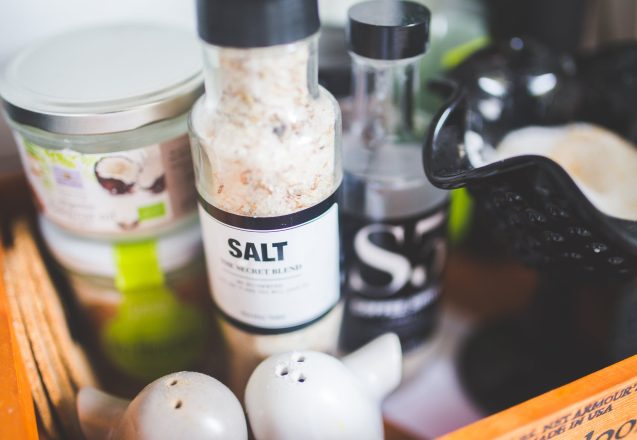
 If your goal is weight loss, then cut back on the extra salt. It can help you reach your goals and benefit your weight loss. Salt does add water weight, which occurs because of the excess sodium. Water helps regulate the amount of sodium in your body. If you have too much sodium, the body retains water to dilute the amount of sodium. That causes water weight gain. The easiest way to reduce that gain is by drinking more water or other drinks like tea to flush out the sodium and eliminating added salt from your diet. Salt also plays a more injurious role in your body that leads to weight gain.
If your goal is weight loss, then cut back on the extra salt. It can help you reach your goals and benefit your weight loss. Salt does add water weight, which occurs because of the excess sodium. Water helps regulate the amount of sodium in your body. If you have too much sodium, the body retains water to dilute the amount of sodium. That causes water weight gain. The easiest way to reduce that gain is by drinking more water or other drinks like tea to flush out the sodium and eliminating added salt from your diet. Salt also plays a more injurious role in your body that leads to weight gain.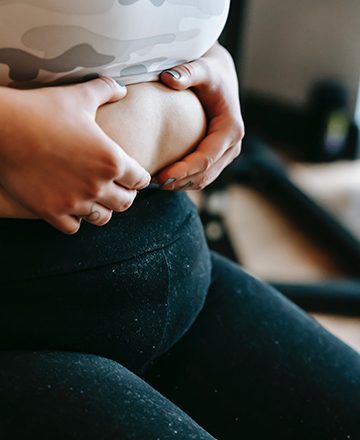
 In order to achieve your goals, you have to know where you’re at right now and find a way to measure your progress. BMI is a tool that helps you do both. At UpFit Academy in New York, NY, we do use BMI to help calculate both things, but it’s just one way to both identify your present fitness level and track your progress. It’s not necessarily the best way, either. BMI stands for body mass index and it uses both your height and weight to create a ratio that identifies whether you’re underweight, normal, overweight or obese.
In order to achieve your goals, you have to know where you’re at right now and find a way to measure your progress. BMI is a tool that helps you do both. At UpFit Academy in New York, NY, we do use BMI to help calculate both things, but it’s just one way to both identify your present fitness level and track your progress. It’s not necessarily the best way, either. BMI stands for body mass index and it uses both your height and weight to create a ratio that identifies whether you’re underweight, normal, overweight or obese.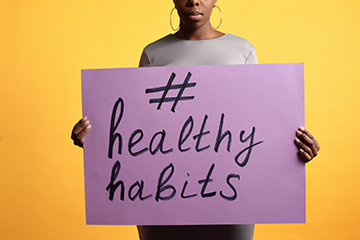
 Eating fresh fruits and vegetables is important, but having only the freshest of meats, vegetables, fruit and grain products can leave you short if you can’t get to the store, have unexpected company or find the grocery shelves empty. During the pandemic, many people were afraid to leave their homes, particularly elderly people. For those reasons, it’s important to have healthy staples available. These are staples with a long shelf life that you can have on hand for these emergencies.
Eating fresh fruits and vegetables is important, but having only the freshest of meats, vegetables, fruit and grain products can leave you short if you can’t get to the store, have unexpected company or find the grocery shelves empty. During the pandemic, many people were afraid to leave their homes, particularly elderly people. For those reasons, it’s important to have healthy staples available. These are staples with a long shelf life that you can have on hand for these emergencies.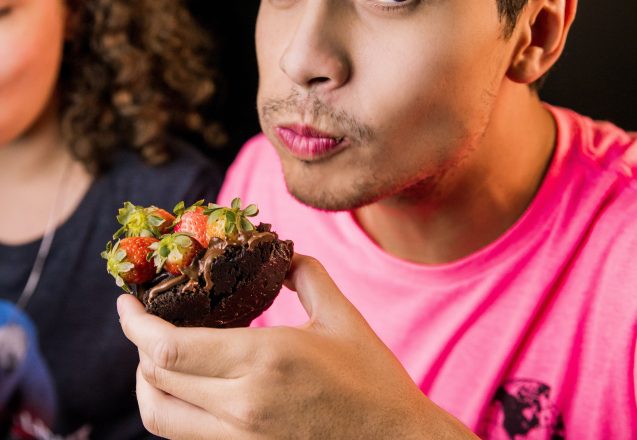
 There’s a good reason we provide nutritional information to clients at UpFit Academy in New York, NY. You need both and a healthy diet is just as important, if not more important than a program of regular exercise. Combining both brings the best results, but if you had to use just one, it would be to eat healthily. The reason is simple, you can’t out-exercise a bad diet. You need to eat healthy to be healthy and also to lose weight. No matter how many hours at the gym you spend exercising, if you’re eating a junk that’s loaded with calories, you won’t be healthy and you won’t lose weight.
There’s a good reason we provide nutritional information to clients at UpFit Academy in New York, NY. You need both and a healthy diet is just as important, if not more important than a program of regular exercise. Combining both brings the best results, but if you had to use just one, it would be to eat healthily. The reason is simple, you can’t out-exercise a bad diet. You need to eat healthy to be healthy and also to lose weight. No matter how many hours at the gym you spend exercising, if you’re eating a junk that’s loaded with calories, you won’t be healthy and you won’t lose weight.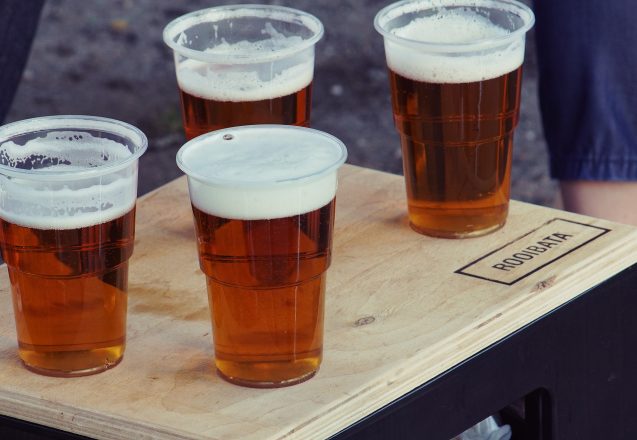
 There’s nothing wrong with having the occasional drink that contains alcohol. Some types of alcoholic beverages, such as red wine, may actually make you healthier when consumed in moderation. What is moderation? For women, it’s drinking one 5 ounce glass of 12% wine a day and for men it’s drinking two glasses. Anything beyond those parameters may lead to premature aging, weight gain—particularly around the midsection—and other health issues.
There’s nothing wrong with having the occasional drink that contains alcohol. Some types of alcoholic beverages, such as red wine, may actually make you healthier when consumed in moderation. What is moderation? For women, it’s drinking one 5 ounce glass of 12% wine a day and for men it’s drinking two glasses. Anything beyond those parameters may lead to premature aging, weight gain—particularly around the midsection—and other health issues.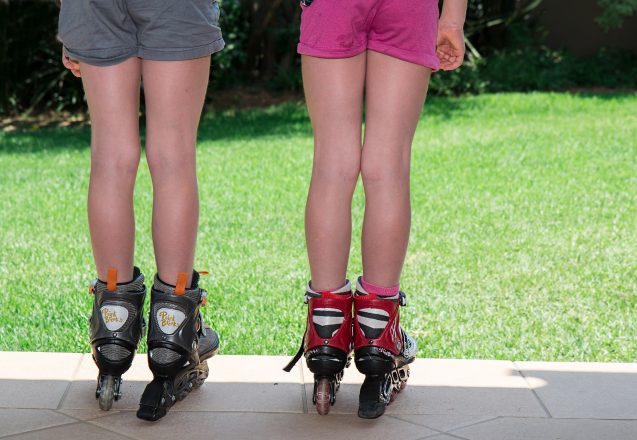
 We have a wide variety of clients at UpFit Academy in New York, NY, which includes many parents. Our parents often ask how to ensure their kids grow into fit adults. The answer is simple. You have to inspire kids to move at an early age. Fitness is all about eating healthy and being active. We often suggest games to play with toddlers that provide mommy/daddy interaction but keep those toddlers moving. Fit children do better in school and often have more self-control.
We have a wide variety of clients at UpFit Academy in New York, NY, which includes many parents. Our parents often ask how to ensure their kids grow into fit adults. The answer is simple. You have to inspire kids to move at an early age. Fitness is all about eating healthy and being active. We often suggest games to play with toddlers that provide mommy/daddy interaction but keep those toddlers moving. Fit children do better in school and often have more self-control.